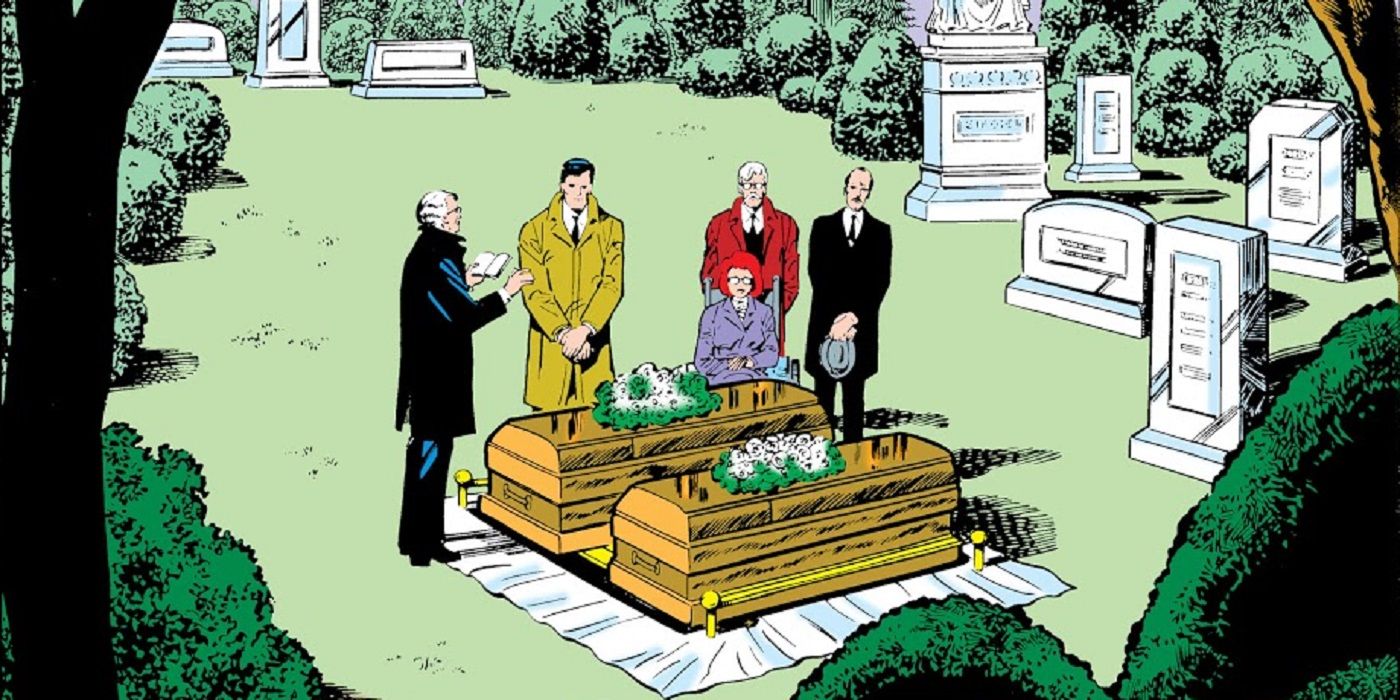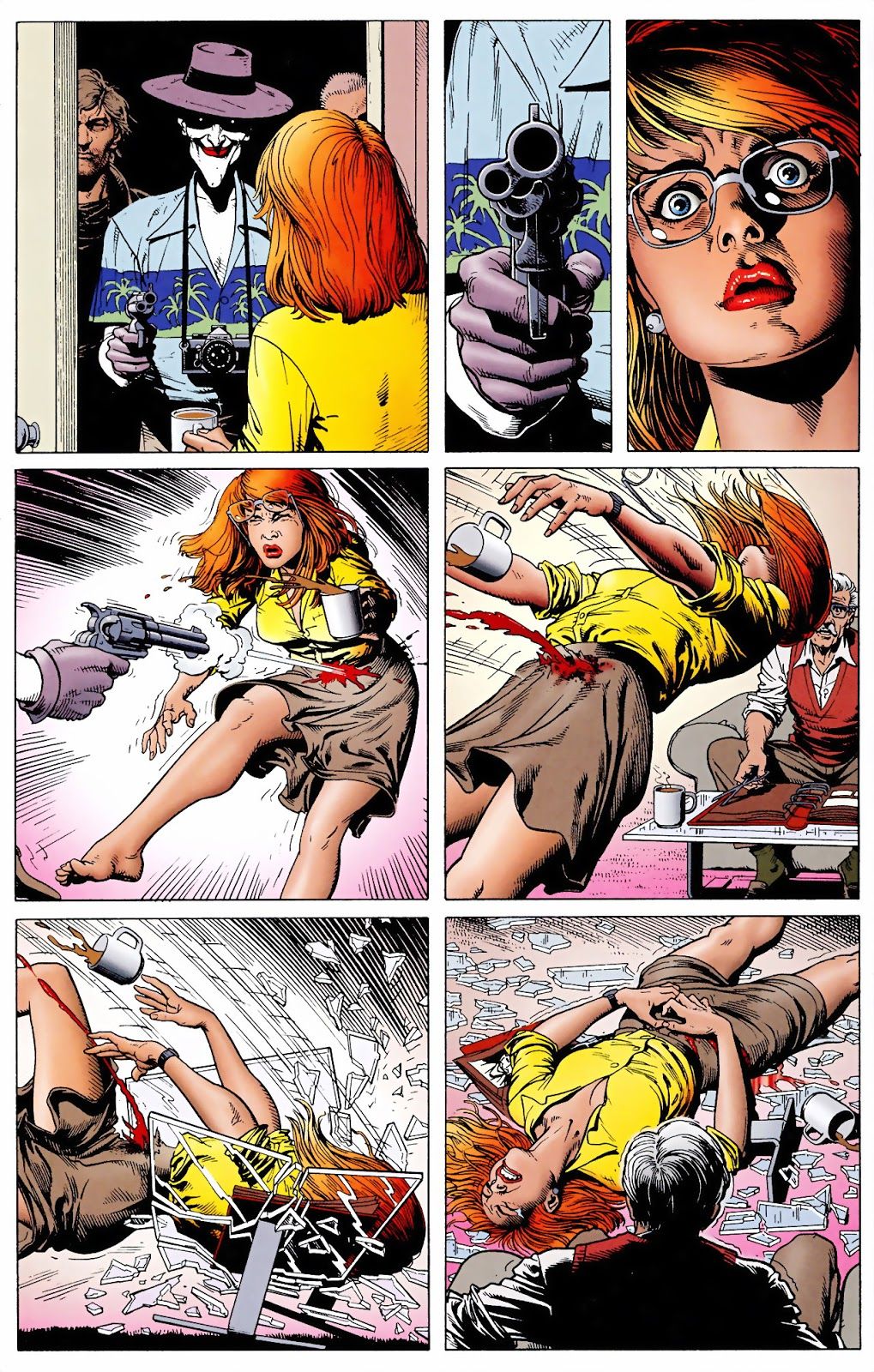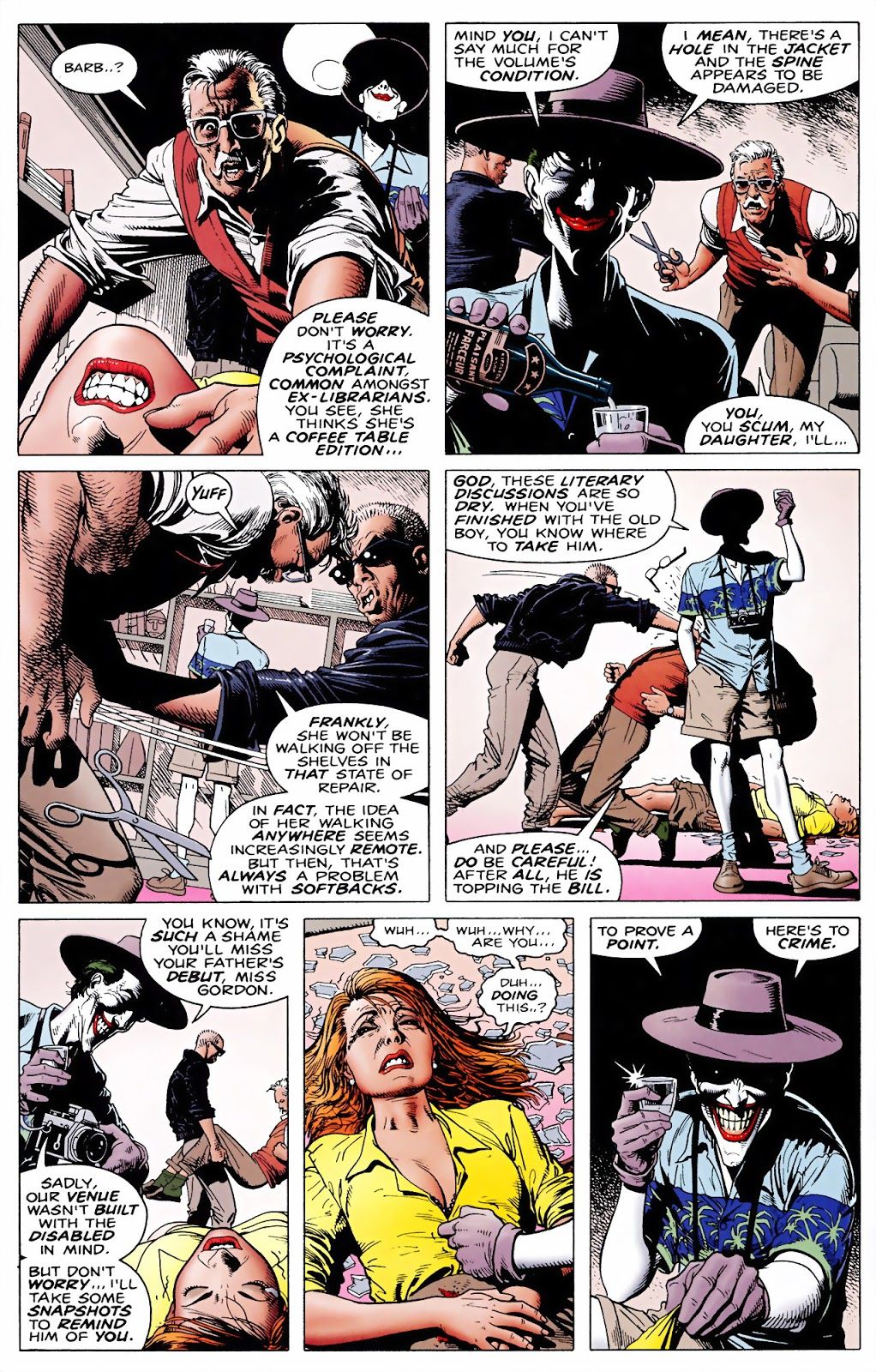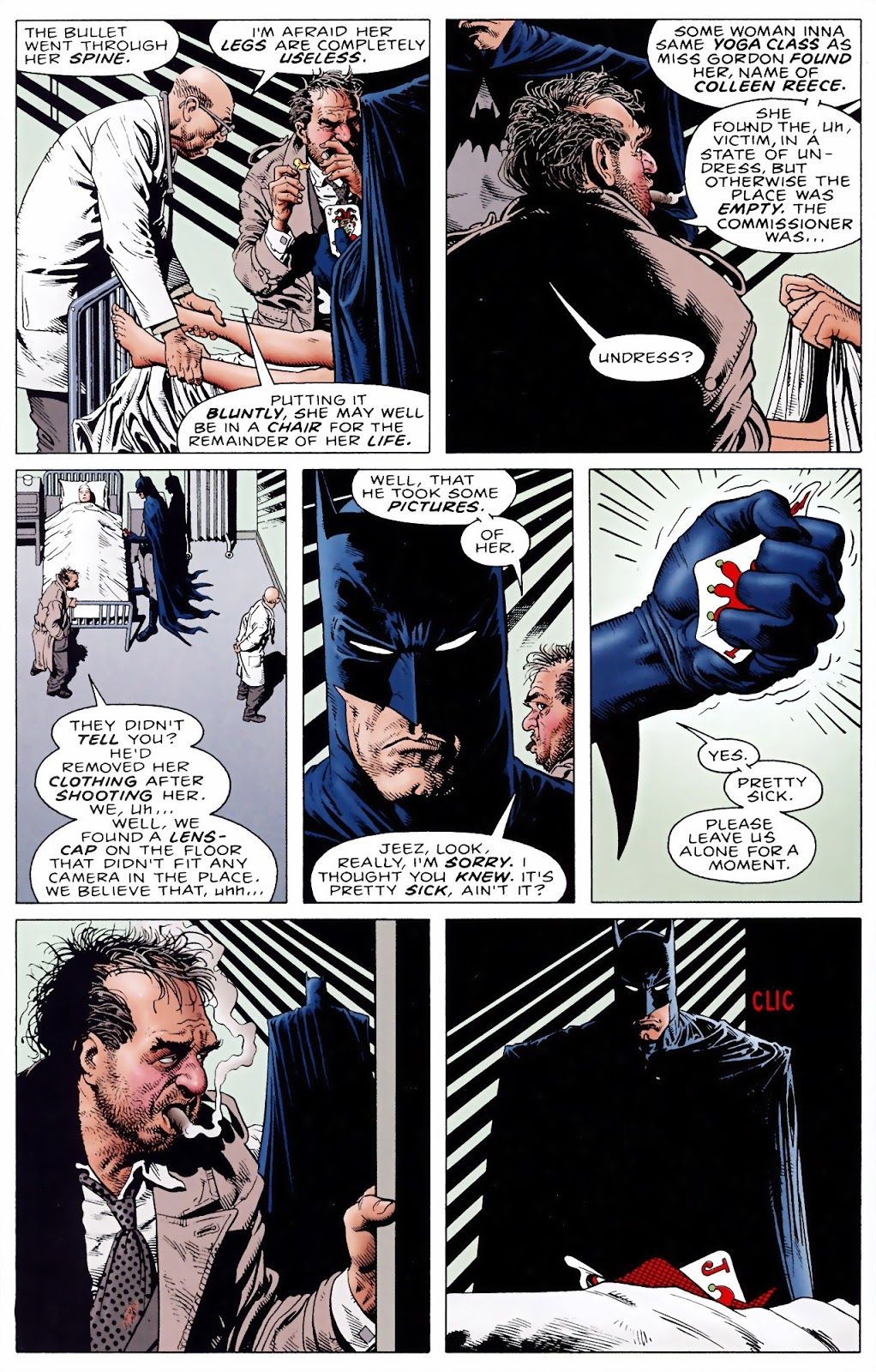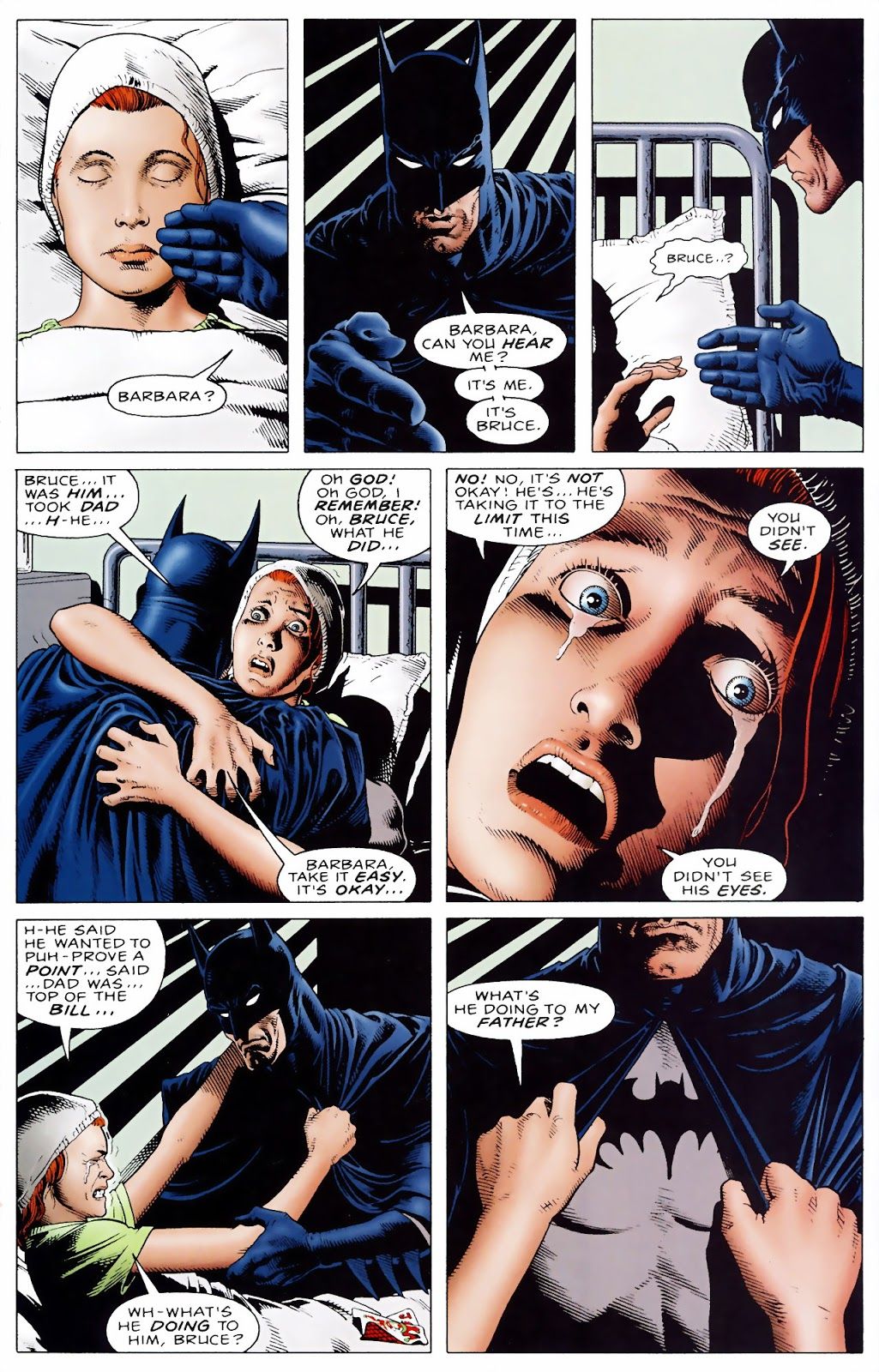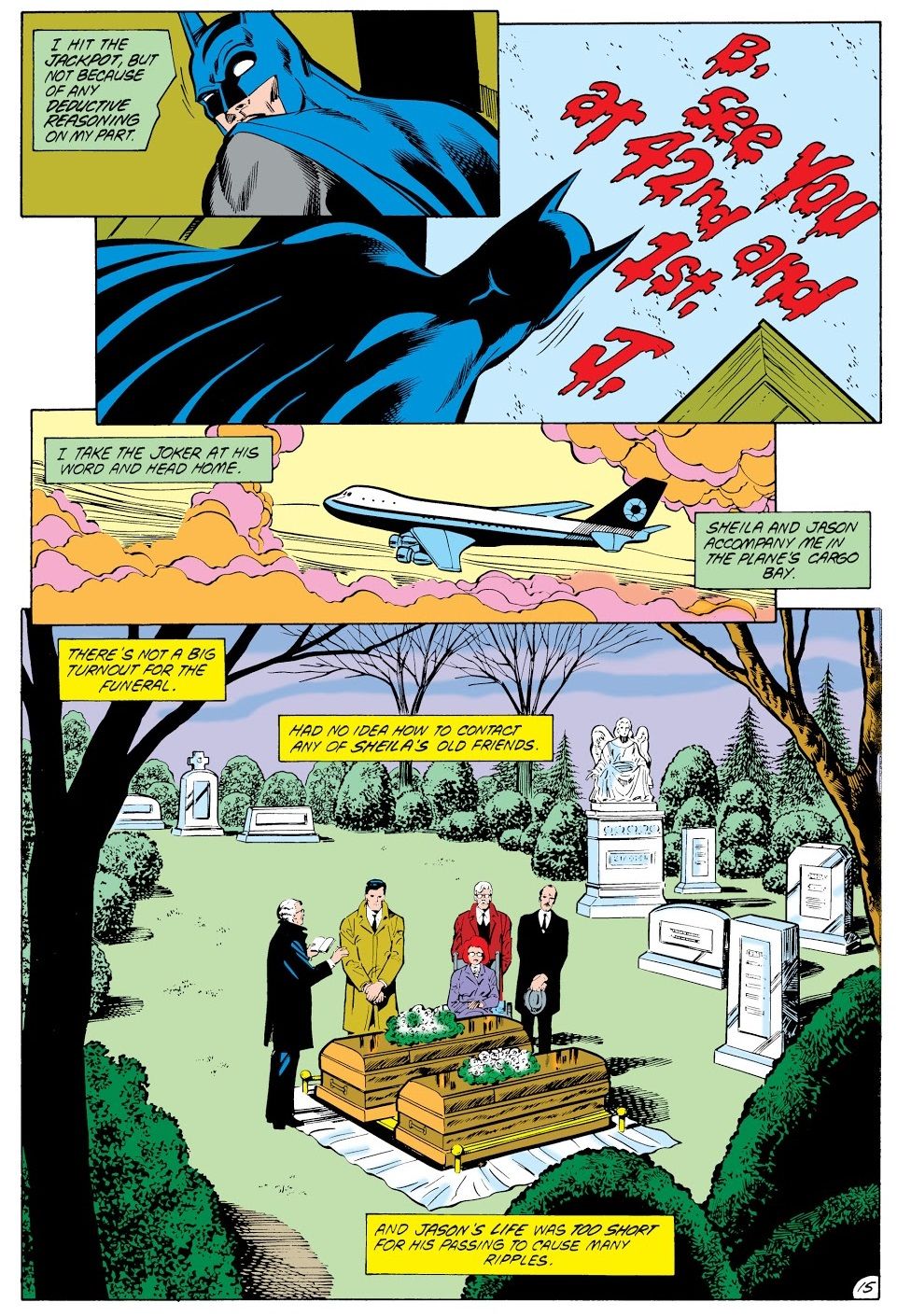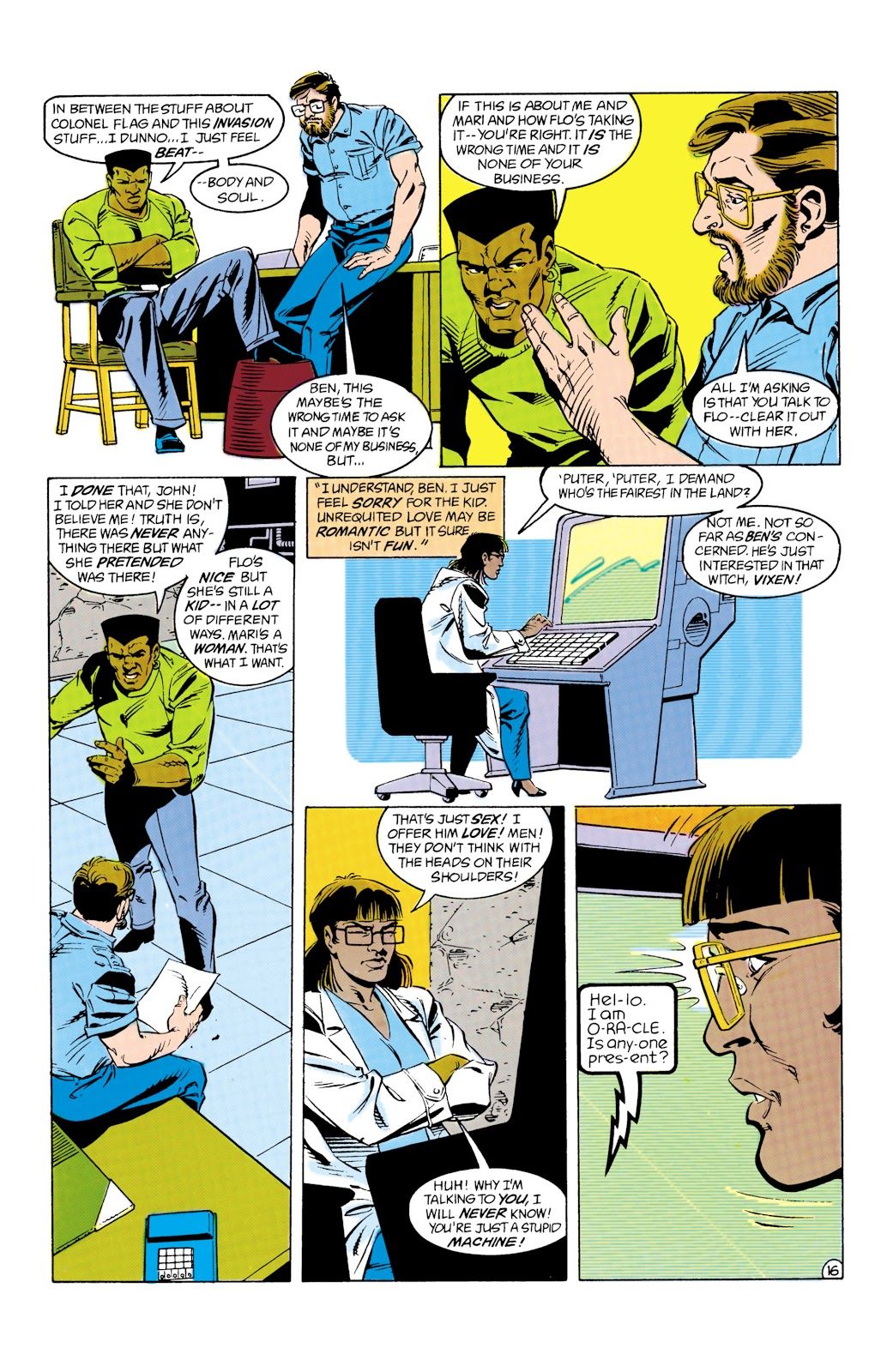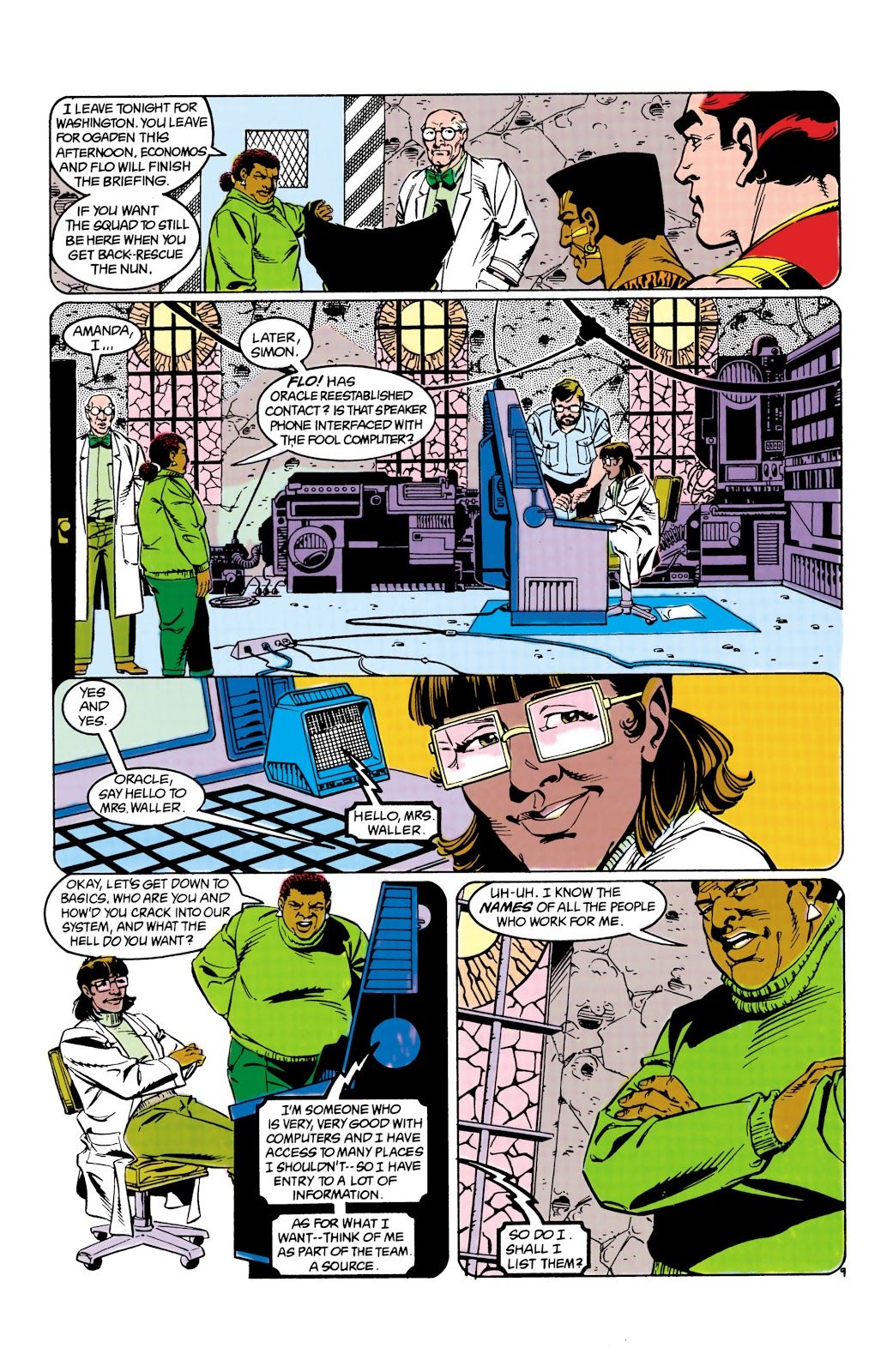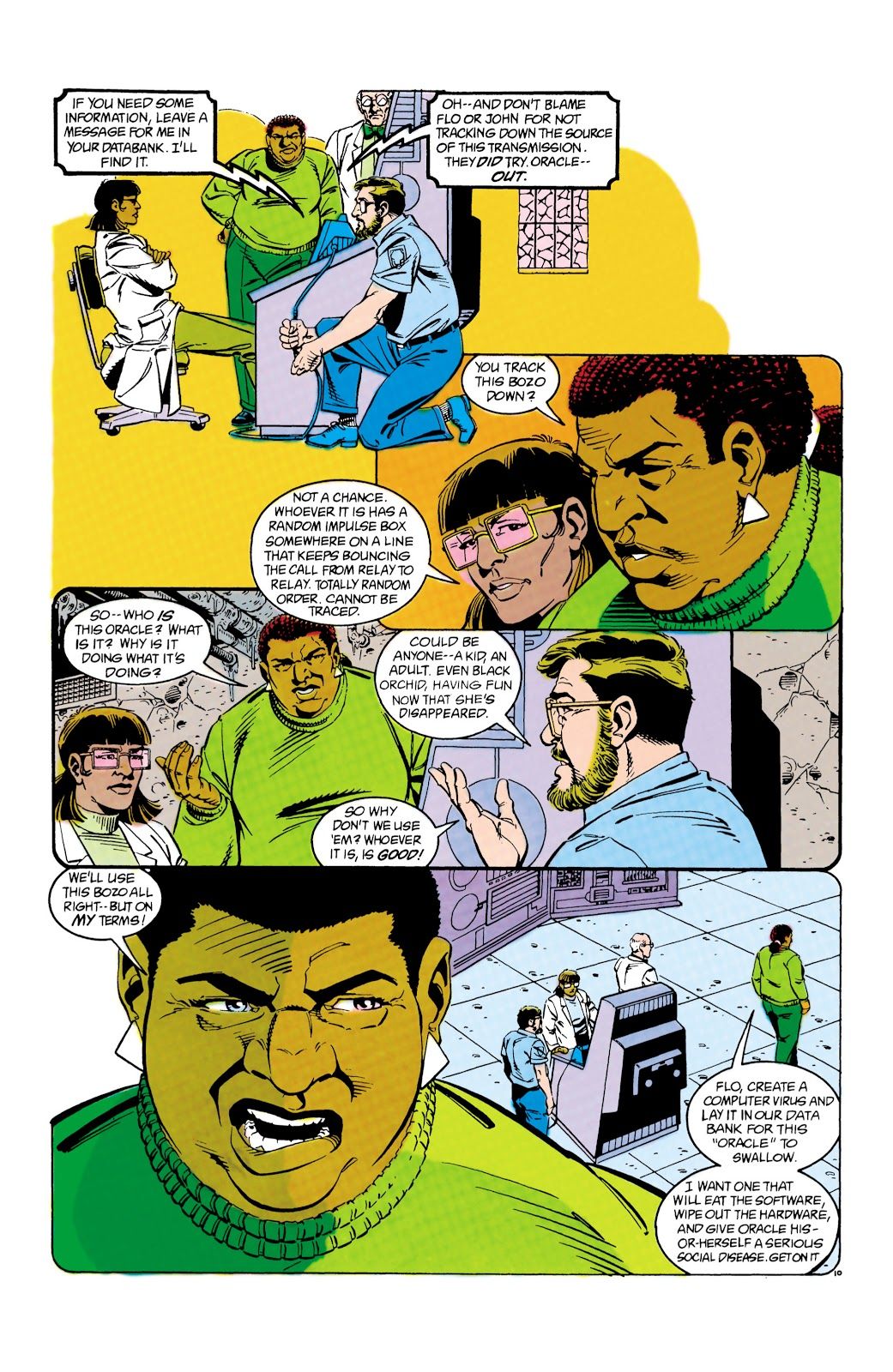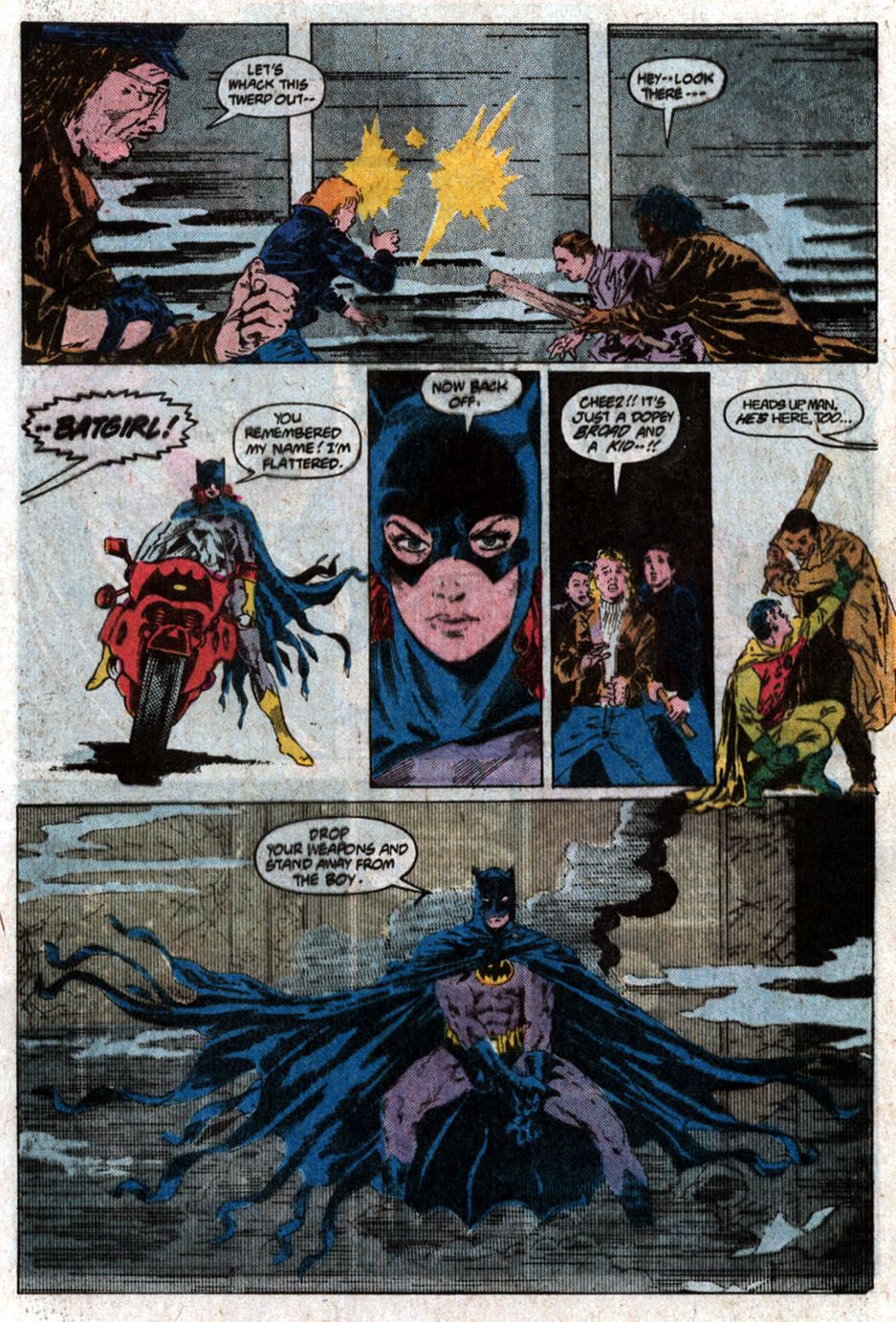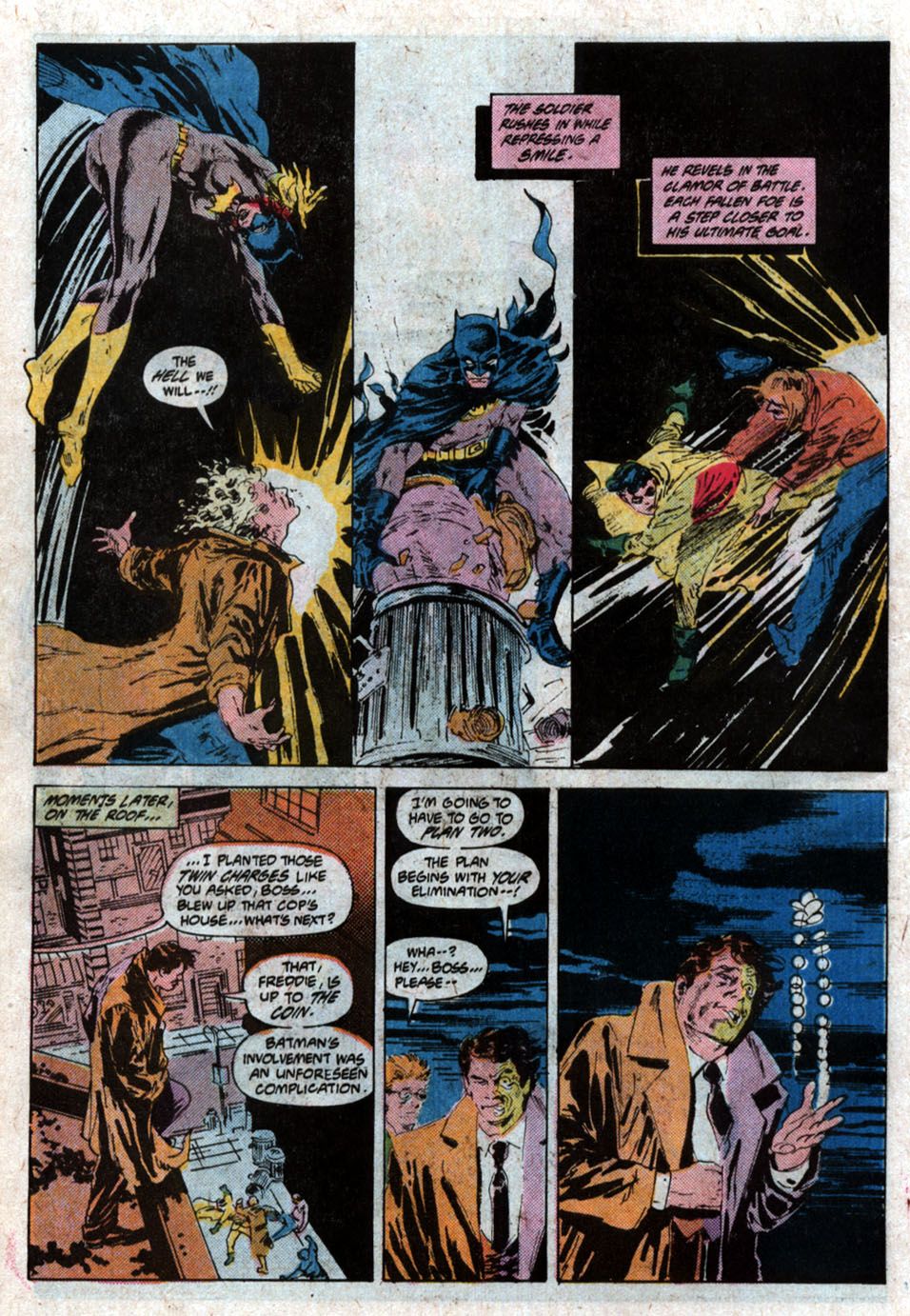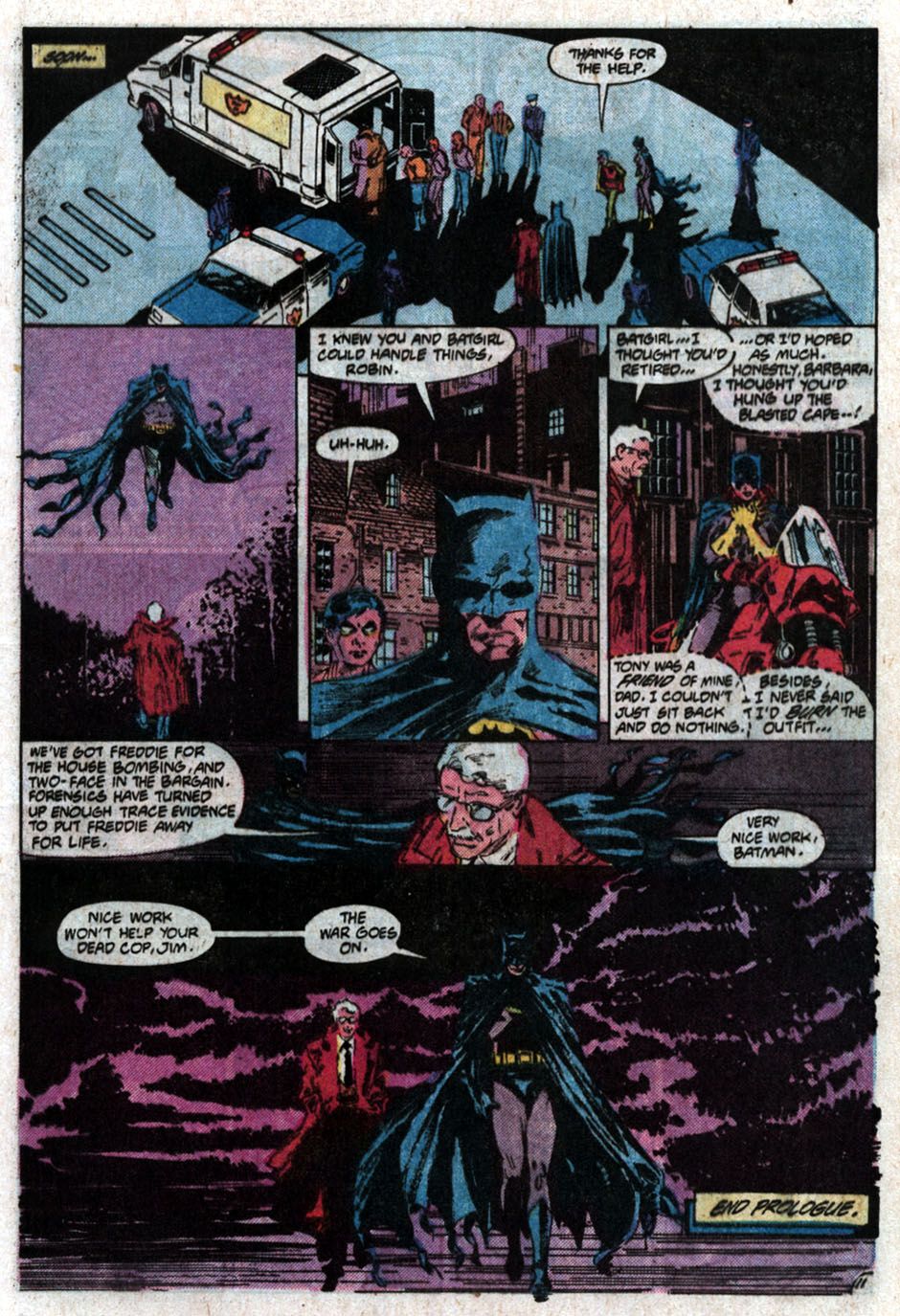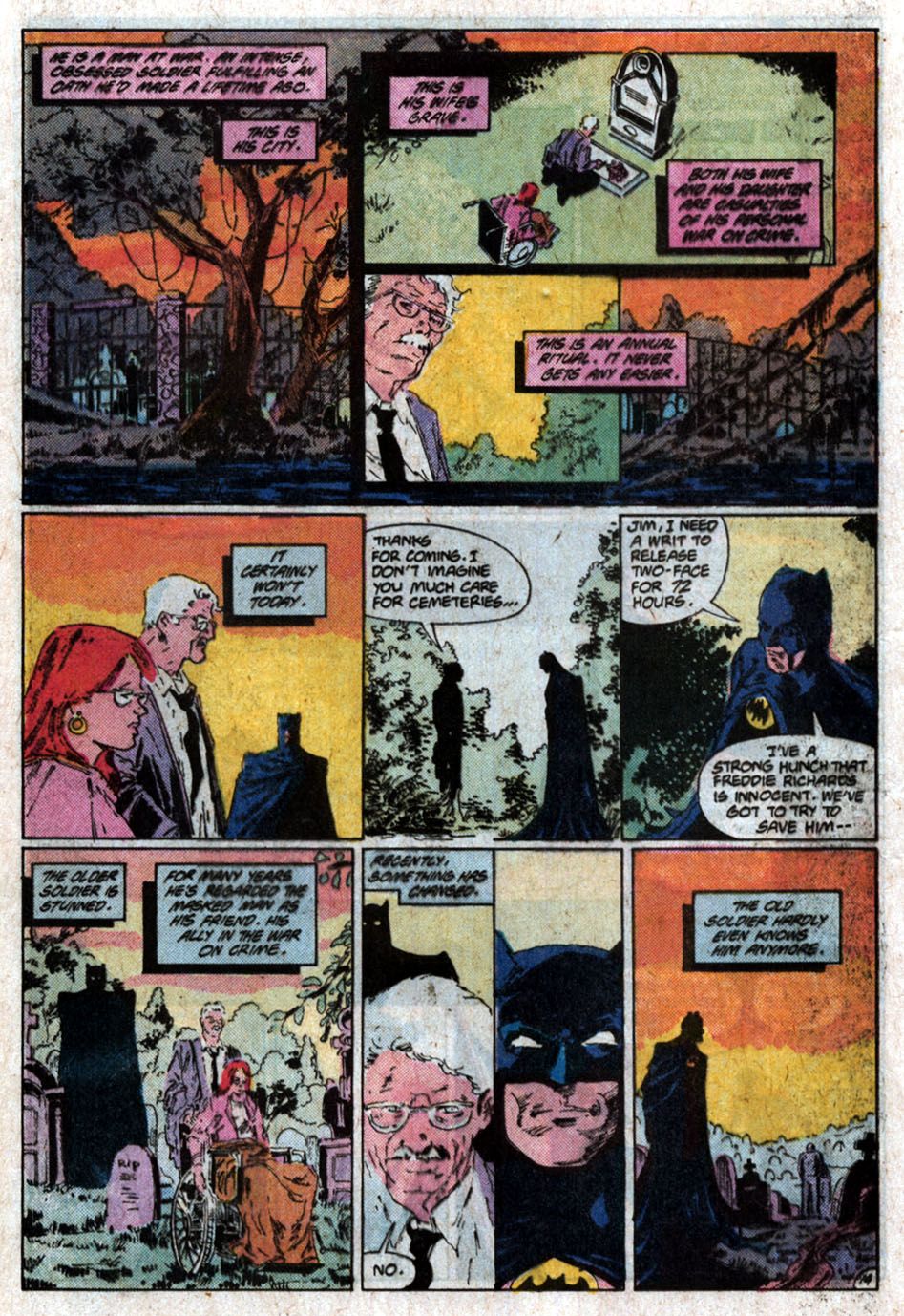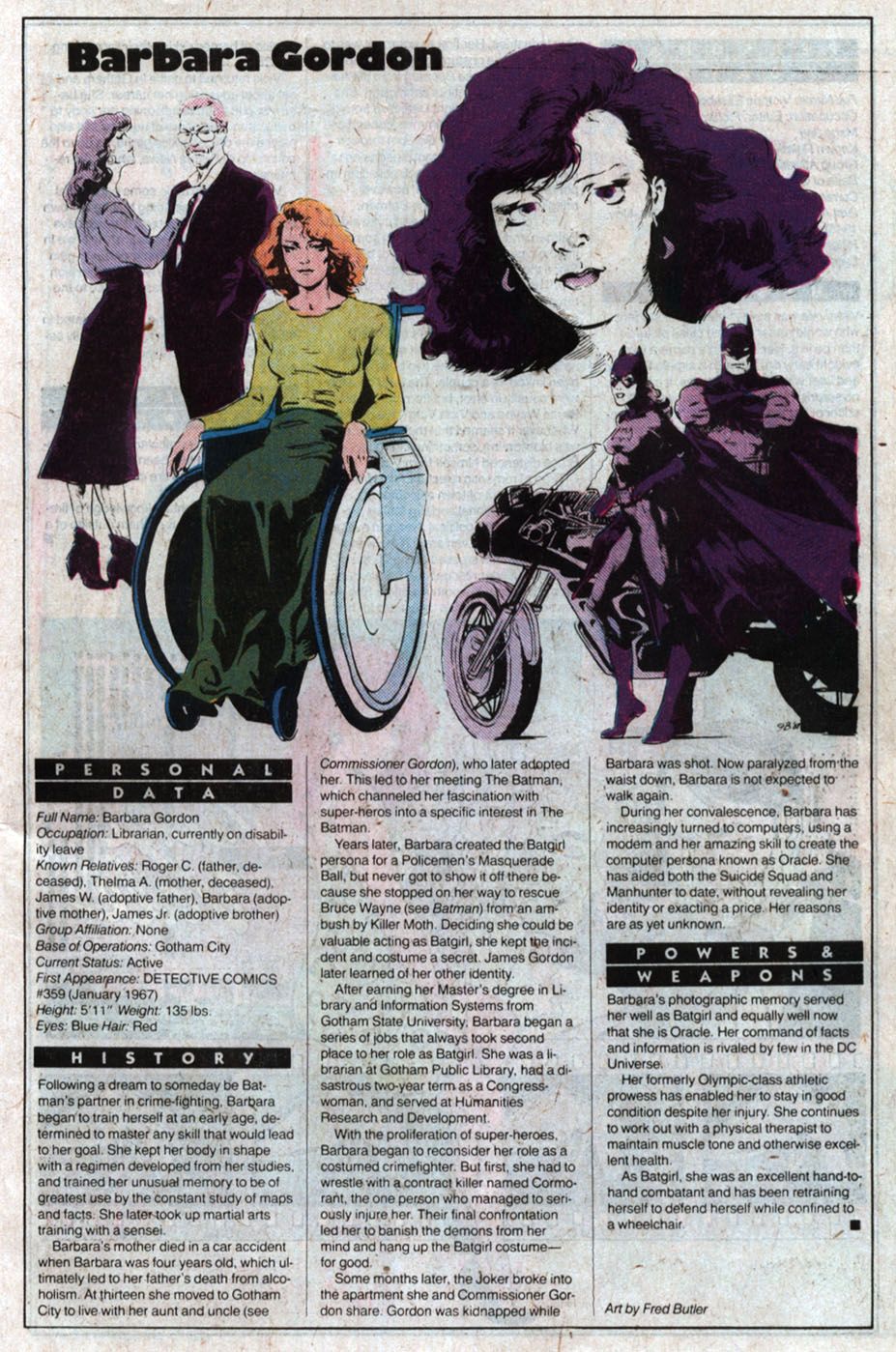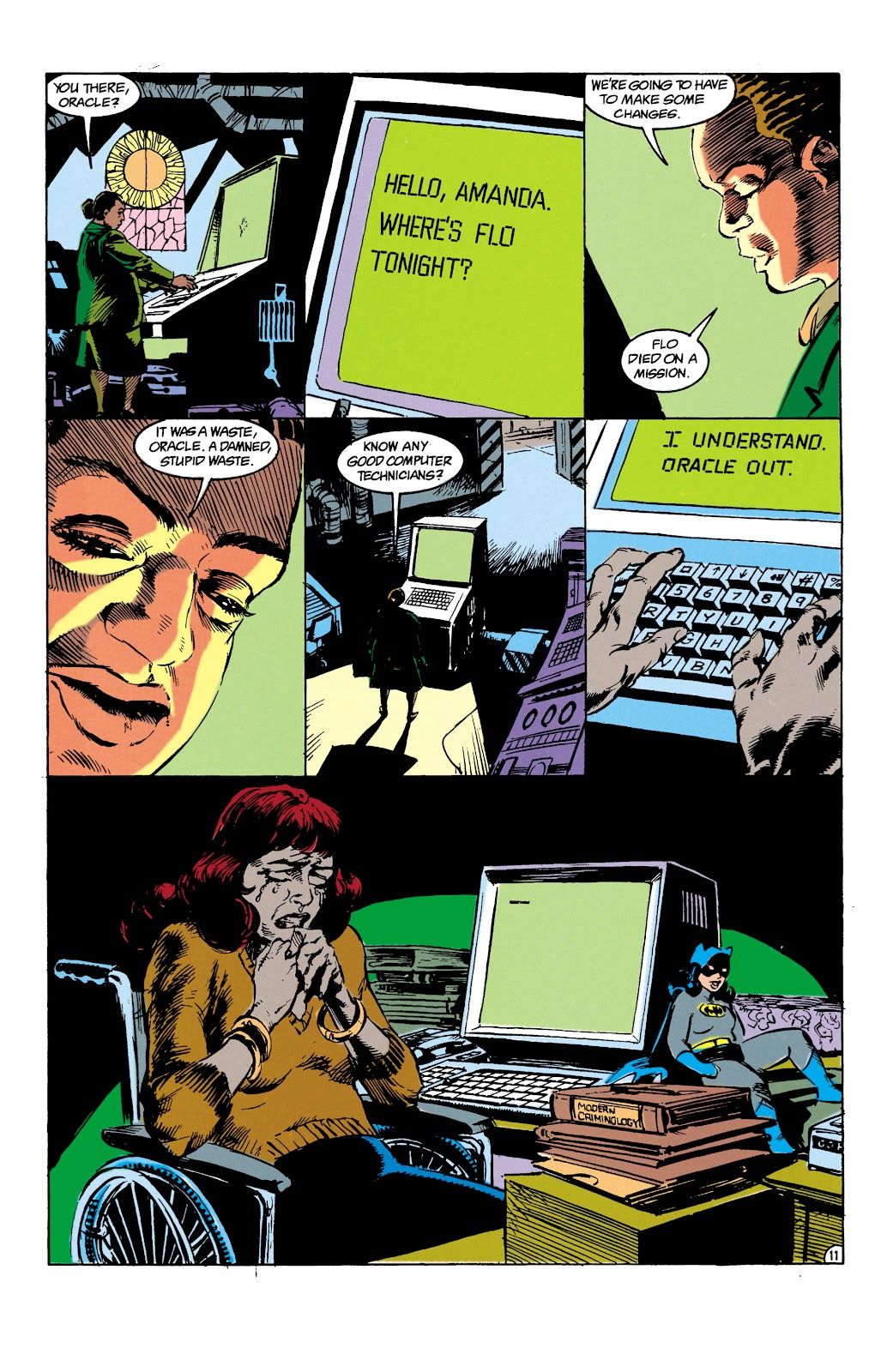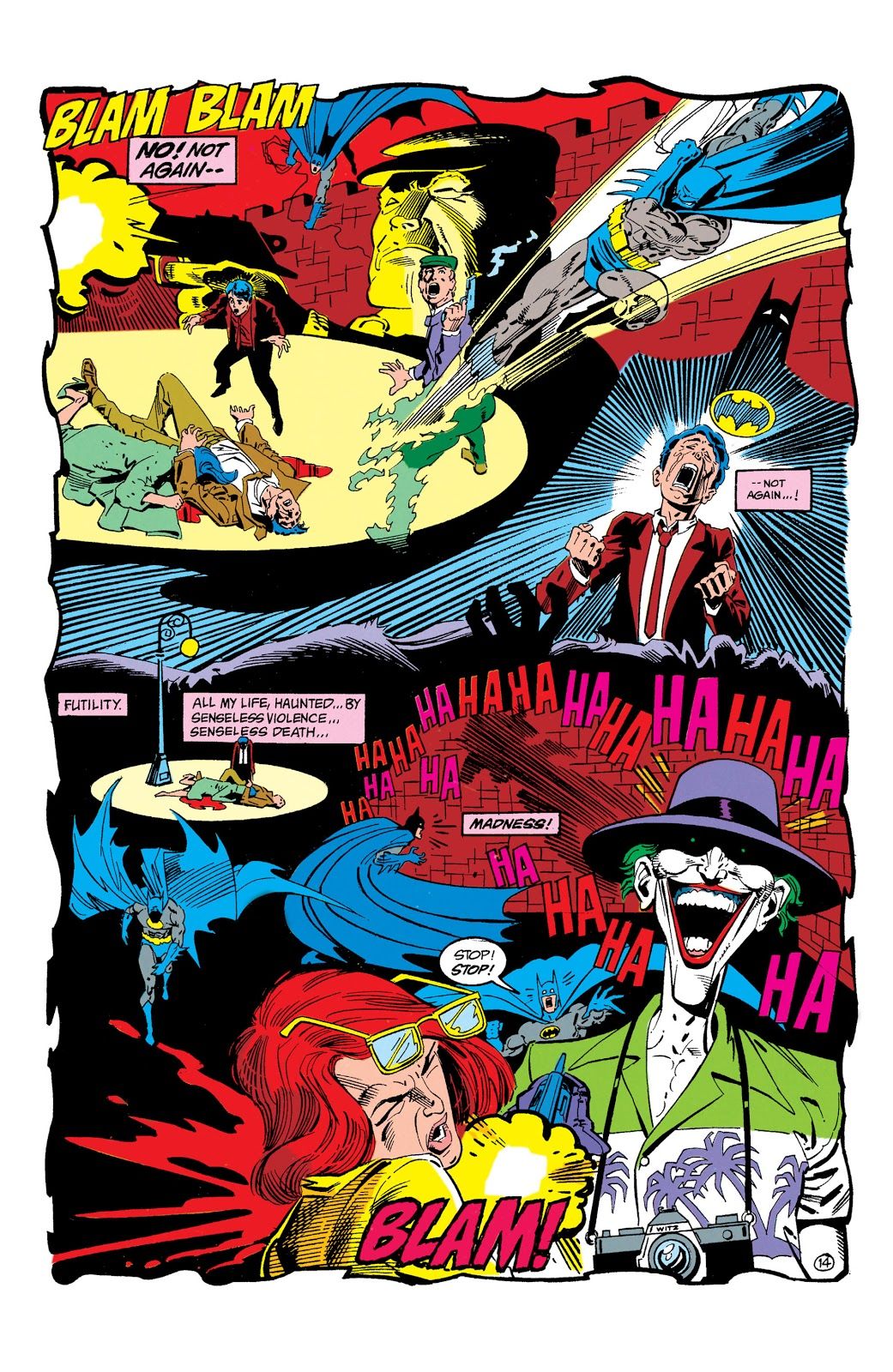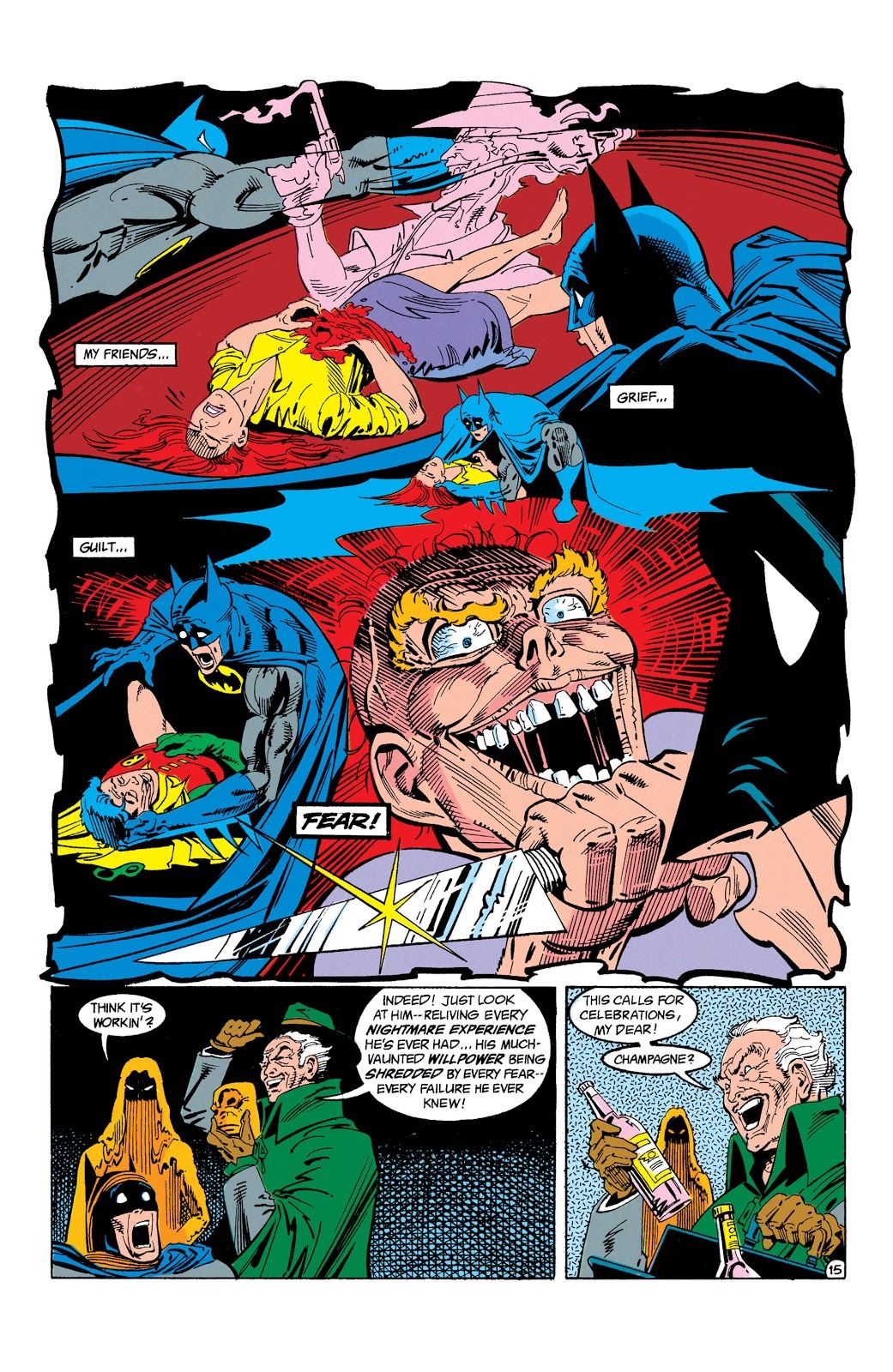Knowledge Waits is a feature where I just share some bit of comic book history that interests me.
As you folks know by now, after the events of The Killing Joke, Barbara Gordon was transformed by husband and wife writing team Kim Yale and John Ostrander in their little corner of the DC Universe (Suicide Squad, Manhunter and Firestorm) as Oracle. However, I thought it would be interesting to see exactly what kind of state that Barbara's character was in when Kim and John, in effect, saved her. As Ostrander later recalled, “There were no plans for her in the continuity at that time. We decided that if that happened, we weren’t just going to make her better magically — we wanted to explore what happened when someone like her was crippled and how she would respond.”
Here is the infamous sequence from The Killing Joke (by Alan Moore and Brian Bolland), where Barbara Gordon is visiting her father on a day that the Joker has decided to use to prove that anyone, even someone as stand-up and as righteous as James Gordon, could be broken by essentially "one bad day," as Moore and Bolland intercut throughout the stories flashbacks to a possible origin for the Joker where he, too, was a normal guy who just had "one bad day."
Here's Ostrander on the scene from his ComicMix column:
There stands The Joker and he has a large caliber handgun. He shoots Barbara somewhere below the middle. From the angle, Kim and I thought it was the spine although others think he actually shot her in the uterus. He then rips off her clothes, beats her, takes pictures of her (while her father, off panel, is held motionless by The Joker’s henchmen), and possibly rapes her. Kim and I felt that was strongly implied but, to be fair, it was not directly shown.
I know women who have been assaulted. I know women who have been raped. That’s heinous enough but can you imagine what it would be like to have been shot, to have your spine broken, and then to be sexually assaulted? The pain, the horror – I can’t dwell on it too long.
Kim and I discussed it. To have been shot at the close range, to have your spine shot out, should have killed Barbara. If not, Kim thought severe sepsis would have set in and Barbara would not have survived. However, in the story, she does. That’s a given.
I should point out that the cover has a close-up of the Joker aiming a camera at the reader and saying, “Smile.” In that context, the only possible interpretation I can conceive is that the reader, the viewer, is Barbara as she lay on the floor, after she had been shot, presumably after she had been violated.
How does that feel?
As Ostrander notes, though, Barbara does, in fact, survive the shooting and Batman visits her in the hospital where she explains how Joker made this big point of it being all to "prove a point"...
That's it for Barbara Gordon in the rest of The Killing Joke. We don't check back in with her before the story ends.
There have been some debate over the years over whether this story was intended to be out-of-continuity, but it was always meant to be part of DC's regular continuity. That's why they had Barbara Randall come in and write a Batgirl Special one-shot where she retires as Batgirl right before The Killing Joke paralyzed her.
Her first Post-Killing Joke appearance, which solidified that it WAS in-continuity, was appearing at Jason Todd's funeral in Batman #428 (by Jim Starlin, Jim Aparo and Mike DeCarlo)...
(A few folks wrote in to note that Dick Grayson was in outer space with the Titans, so that's why he couldn't attend)
So let's see how the Bat-books then dealt with Barbara.
Page 2: [valnet-url-page page=2 paginated=0 text='How%20%20the%20Bat-Books%20Dealt%20With%20Barbara']
Okay, do note that after Batman #428, technically the next appearance of Barbara Gordon was in Suicide Squad #23, where Yale and Ostrander had her debut as Oracle.
Here she is in the next issue, as well...
However, it is important to note that Oracle was not revealed as Barbara Gordon for over a year, so I think until she actually officially showed up as Barbara Gordon, we should still count her other appearances as being "Pre-Oracle."
Her next major Batman appearance came in Batman Annual #13 (by Jim Owsley, Michael Bair and Gray Morrow), where we see a flashback to Barbara coming out of semi-retirement to help Batman and Robin take down the guy who killed a friend of hers...
We fast forward to where Batman wants to re-open that past case to prove that the guy they arrested was innocent. It is the anniversary of Gordon's wife passing and he is not interested in helping. Barbara's involvement is to just sit there and say nothing, just like her appearance in Batman #428...
However, interestingly enough, the bio page for Barbara in that issue confirmed that she WAS Oracle ahead of the official reveal, which is interesting...
She was revealed as Barbara Gordon in Suicide Squad #38...
Finally, in Detective Comics #606 (by Alan Grant, Norm Breyfogle and Steve Mitchell), she shows up in a hallucination Batman is suffering from of his various things he feels guilt about...
As you can see, the Bat-books followed up her usage as essentially a prop by then using her...as essentially a prop in her later appearances, as well.
Clearly, Yale and Ostrander's intervention was very necessary.
Thst's it for this installment! If anyone else has an interesting piece of comic book history that they'd like to see featured in the future, just drop me a line at brianc@cbr.com!

